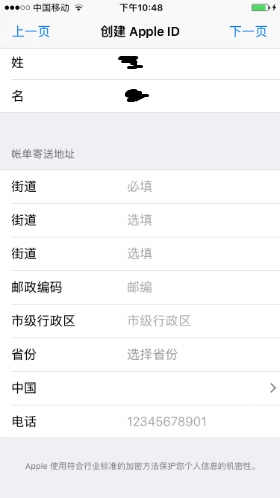

- #China national fake id generator registration#
- #China national fake id generator code#
- #China national fake id generator plus#
But then I doubt the PSB have much of a sense of humor about that kind of thing, so I never went through with it. I’ve always thought it would be funny to get a fake Chinese ID card (these are easy to acquire, I understand) with my real picture and Chinese name on it, that said I was 汉族 (Han Chinese). You may notice that in the examples above, the last guy is not (although you wouldn’t know looking at him). Most Chinese people are Han Chinese ( 汉). You’ll also notice on these ID cards that 民族 (ethnic group) is listed on the card. – Issued post-2000? New-style, digits not visible. New-style, front and back shown, 18 digits. – Issued post-2000? Old-style and new-style side by side, digits obscured. – Issued in 1995, but with a typo in the date. In the examples below, you can see some changes over the years: The above system applies to new (since 2000, maybe?) 身份证. (If you can read the original Chinese and explain it, I’d be very interested.) – The final validation digit is based on a formula which, quite honestly, I don’t understand at all. Odd numbers for males, even numbers for females. – The next 3 digits are a “sequential code” for distinguishing people of identical birthdate and birthplace. – The next 8 digits are the owner’s birthdate: year (4), month (2), day (2).
#China national fake id generator code#
– The first 6 digits are the address code of the owner’s place of legal residence.

#China national fake id generator plus#
– Chinese ID numbers are arranged left to right, composed of 17 ID digits plus 1 validation digit, for a total of 18 digits. Here’s a simple summary of the information provided on GiE in Chinese: Just recently I came across a related entry on the excellent Chinese blog GiE: 身份证号都代表什么意思? (what do the digits of an ID number mean?). Soon after, however, I decided that an account involving a fraudulent ID number could possibly get me into real trouble, and I cancelled my application. Some basic analysis was all that was required to invent an ID number that the automatic form would accept. I googled for an image of a 身份证 and found one.
#China national fake id generator registration#
Ah, so they won’t take just any old number.īut, I reasoned, they couldn’t possibly be checking the number I input with a central database of the ID numbers of all Chinese citizens, now, could they? I figured the ID number had information encoded in it, which was checked against the other registration information I provided in my application (such as date of birth). I googled 身份证 to determine the appropriate number of digits, and then entered a random number.

I wondered: did the number really need to be valid? Was this important?

I ran into a problem, however, because a Chinese ID number was a mandatory part of registration. I was trying to sign up with an online Chinese bulletin board. Recently I became interested in the structure of the ID numbers on these cards. These ID cards are necessary for all kinds of everyday procedures and thus indispensible in daily Chinese life, although in some cases the ID number on the card is all that is needed. They serve the roles of American social security cards (and sometimes driver’s licenses, for non-driving-related ID purposes). Pretty much every Chinese person has a government-issued ID card ( 身份证).


 0 kommentar(er)
0 kommentar(er)
